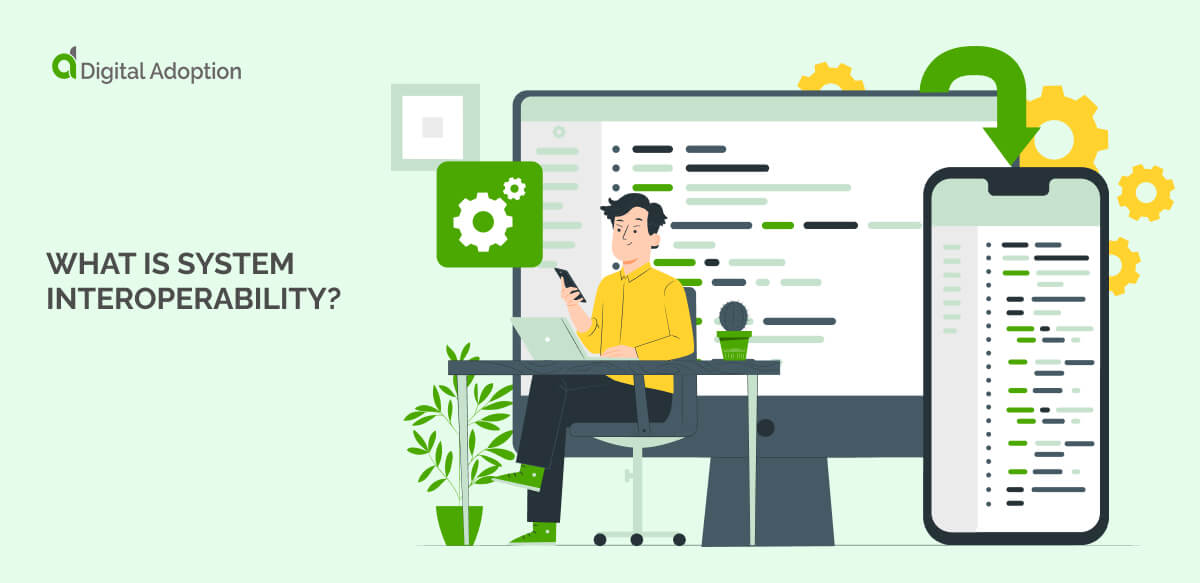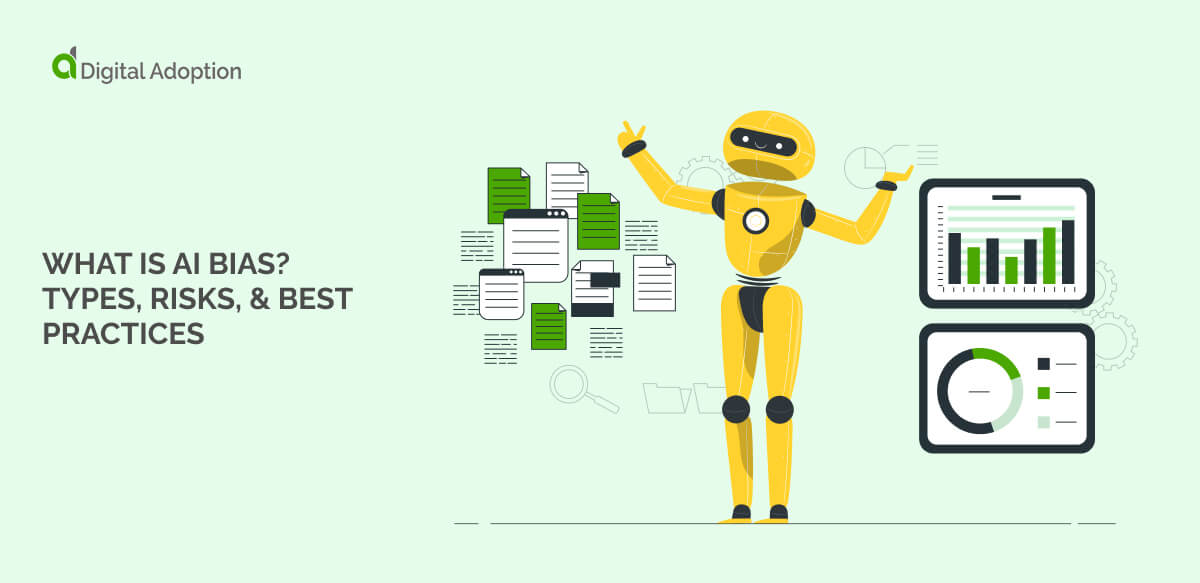What is system interoperability?
System interoperability is the ability of different systems, applications, or devices to communicate and work together without manual adjustments. It allows data to be exchanged, interpreted and used effectively across platforms.
This capability supports systematization by linking tools, databases, and processes into unified operations. It also drives data transformation by allowing consistent and accurate information flow between platforms.
For example, enterprise resource planning (ERP) systems can connect with customer relationship management (CRM) tools to share and interpret customer data. This collaboration eliminates silos and improves workflow coordination.
Interoperability is key to building a cohesive digital ecosystem where connected systems can function as an integrated whole.





